|
The Process
Tail docking can be done in a few ways and is generally
always done without the use of pain medicine or anesthesia. One method involves putting a very tight band around the tail
at the point of amputation when the puppy is still very young. This band cuts off the blood to the end of the tail and eventually
it falls off.
Another way of docking is to cut the tail off with
surgical scissors.
Some breeders preform tail dockings themselves by
clamping the tail with a pair of hemostats and then clamping the other end with another pair of hemostats and twisting until
the tail breaks off.
The big debate is whether tail docking causes pain
to the puppy. Advocates of tail docking claim that it does not cause pain or discomfort, as the nervous system of puppies
is not fully developed. The RSPCA states, "This is not the case. The basic nervous system of a dog is fully developed at birth
and the available evidence indicates that puppies have similar, if not increased, sensitivity to pain as adult dogs. Docking
a puppy's tail involves cutting through muscles, tendons, up to seven pairs of highly sensitive nerves and severing bone and
cartilage connections." How is this not painful? Tail docking is usually carried
out without the use of anesthesia. Puppies give repeated intense shrieking vocalizations the moment the tail is cut
off and during stitching of the wound, indicating that they experience substantial pain. Inflammation and damage to the tissues
also cause ongoing pain while the wound heals.
Volume 49Issue 4
Behavioural
Observations of Puppies Undergoing Tail Docking
http://www.journals.elsevierhealth.com/periodicals/applan/article/0168-1591%2896%2901062-3/abstract
Abstract
The
behaviour of 50 puppies of traditionally docked breeds was recorded during and after the procedure of tail docking at the
University of Queensland Companion Animal Veterinary Hospital. The behaviours were recorded at the time of the procedure and
then in 5 second intervals for the first minute followed by 10 second intervals until the pup settled to sleep. All puppies
vocalised intensely (“shrieking”) at the time of amputation of the tail, averaging 24 shrieks (range of 5 to 33).
The average number of minor vocalisations (“whimpers”) made during docking was 18 (range of 2 to 46). There were
no shrieks recorded during the recovery period. The average number of whimpers made during the first 30 s after completion
of the amputation was 3 (range of 0 to 18). There was a significant (p ≤ 0.001) reduction in the number of shrieks
and whimpers emitted by pups in the 30 second period following docking. On average, the pups ceased vocalising 138 s after
docking (range of 5 to 840 s). Significant correlation coefficients were found between the time taken to stop vocalising and
the number of whimpers during docking (r = 0.409) and total vocalisations during docking (r = 0.393). That is,
the more vocalisations made during docking, the longer the pup took to settle in the recovery period. The pups varied in the
time taken to settle to sleep with a mean settling time of 3 min (range of 35 s to 14 min). Although it is difficult to objectively
quantify the stress experienced by puppies undergoing tail docking, observations recorded during this study suggest that the
animals do experience pain. The pain appears to be short-lived (with all puppies quiescent by a maximum of 15 min). Further
research into the issue of pain in pups undergoing tail docking is recommended to determine whether the procedure should continue.
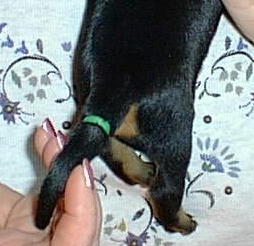
|
| Tail Banding |

|
| Tail Banding |
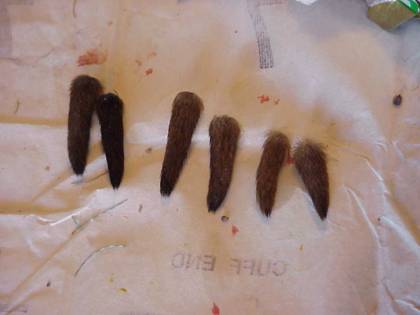
|
| Puppies Tails |
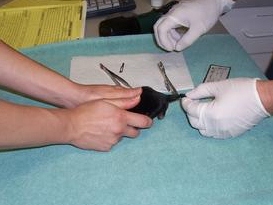
|
| Tail Docking by a Veterinarian |
Some Australian Shepherds With
Tails
Aren't they gorgeous?

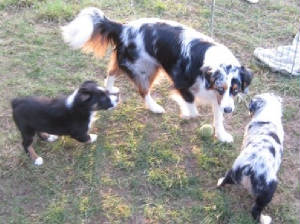
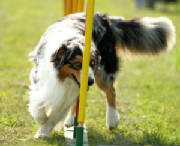
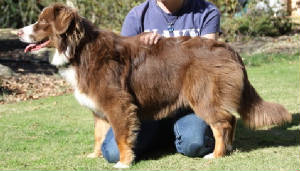
.
Some Breeds With Natural Tails
and Docked Tails
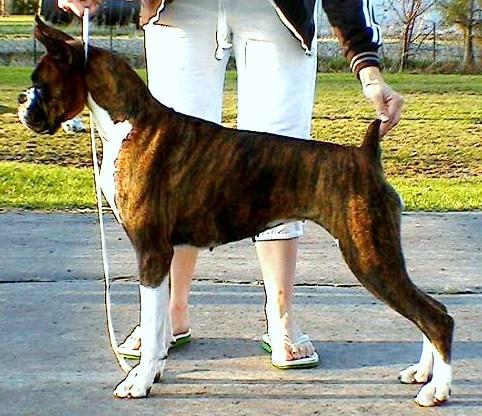
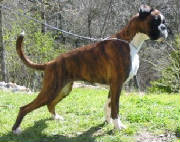

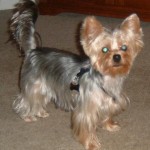


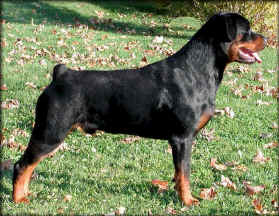
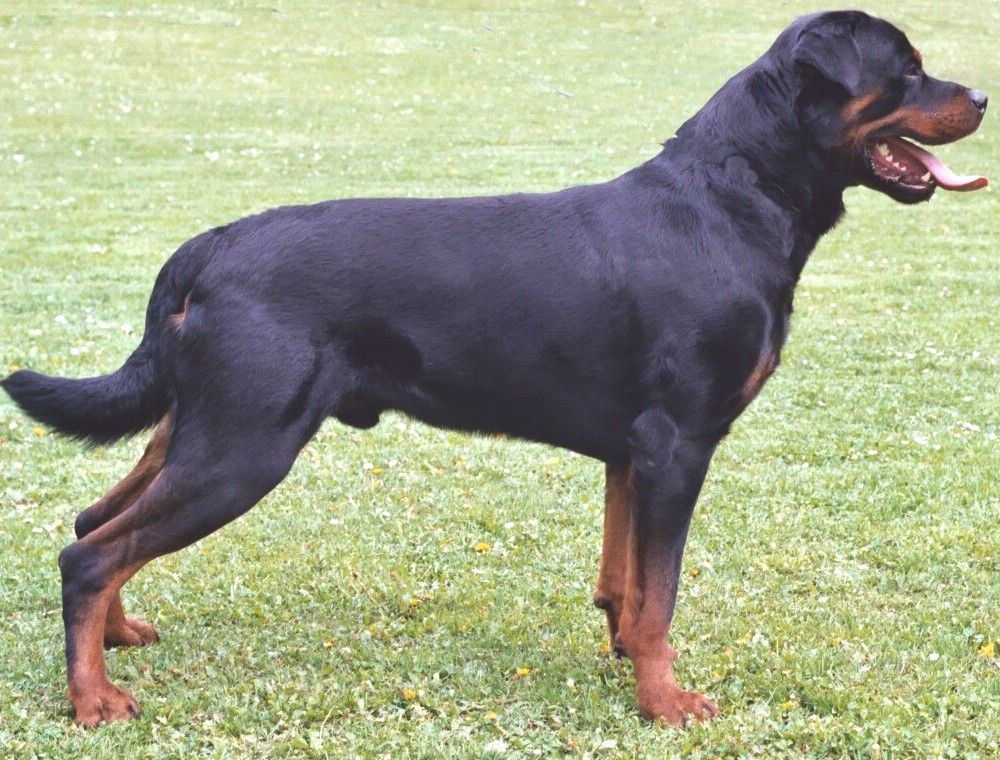

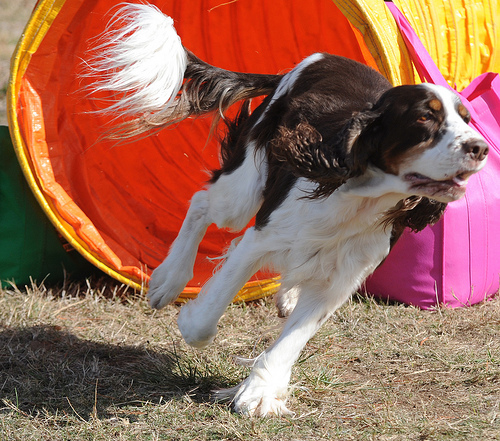
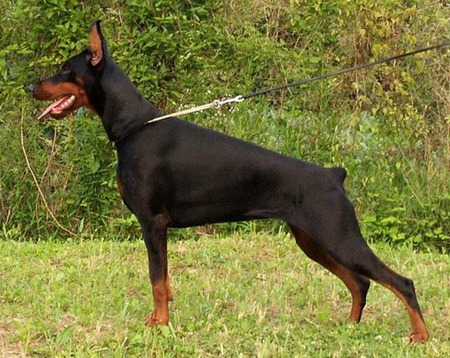
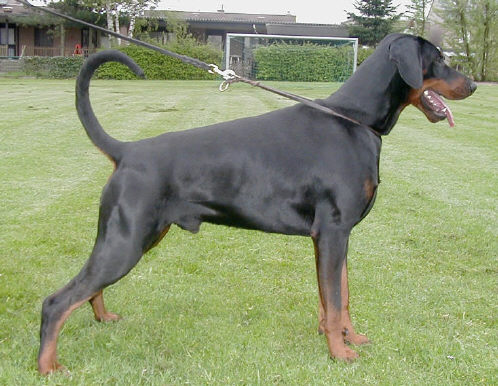
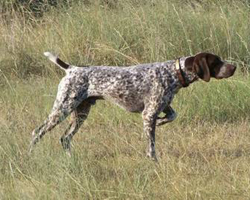
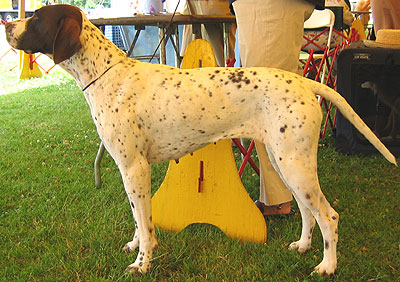
|

